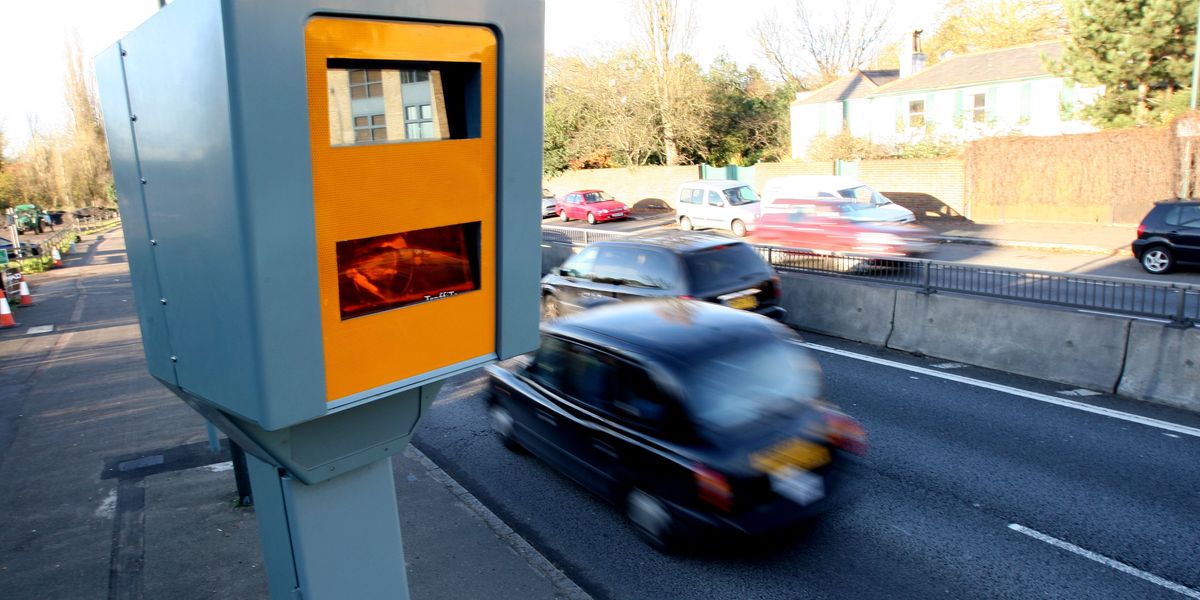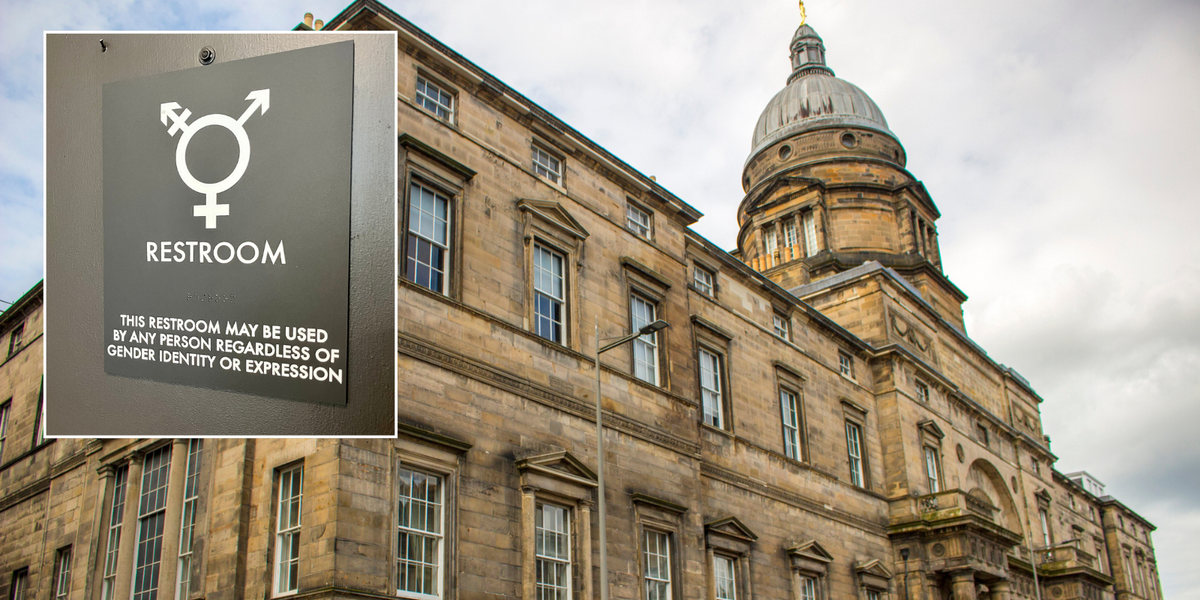In the days and weeks after the Southport attack, it became clear to investigators that Rudakubana was hell-bent on creating carnage and death, fuelled by his wide-ranging obsessions with human suffering.
When police searched his home, they found a cache of weapons, including a machete, a set of arrows and a sealed box containing an unknown substance. Tests at Porton Down, the government’s biological warfare laboratory, confirmed the substance was ricin, a poison for which there is no cure. There is no evidence he ever deployed it.
It has also emerged that one week before the murders, Rudakubana tried to return to Range High School, the scene of his expulsion five years earlier.
He was wearing the same hooded sweatshirt and surgical mask he would wear during the attack the following week, but was prevented from making the journey when his father pleaded with a taxi driver not to take him.
It is not known whether Rudakubana intended to attack people that day but his movements bear a striking similarity to the events of the following week. On that second occasion, he made sure to book the taxi after leaving the house.
The amount of information known before the murders about Rudakubana’s violent obsessions has prompted serious questions over whether more could have been done to stop him – in particular, whether Prevent could have acted.
Despite the three referrals over Rudakubana, it has been established concerns about him were never escalated up the chain, meaning he was not put under enhanced monitoring.









